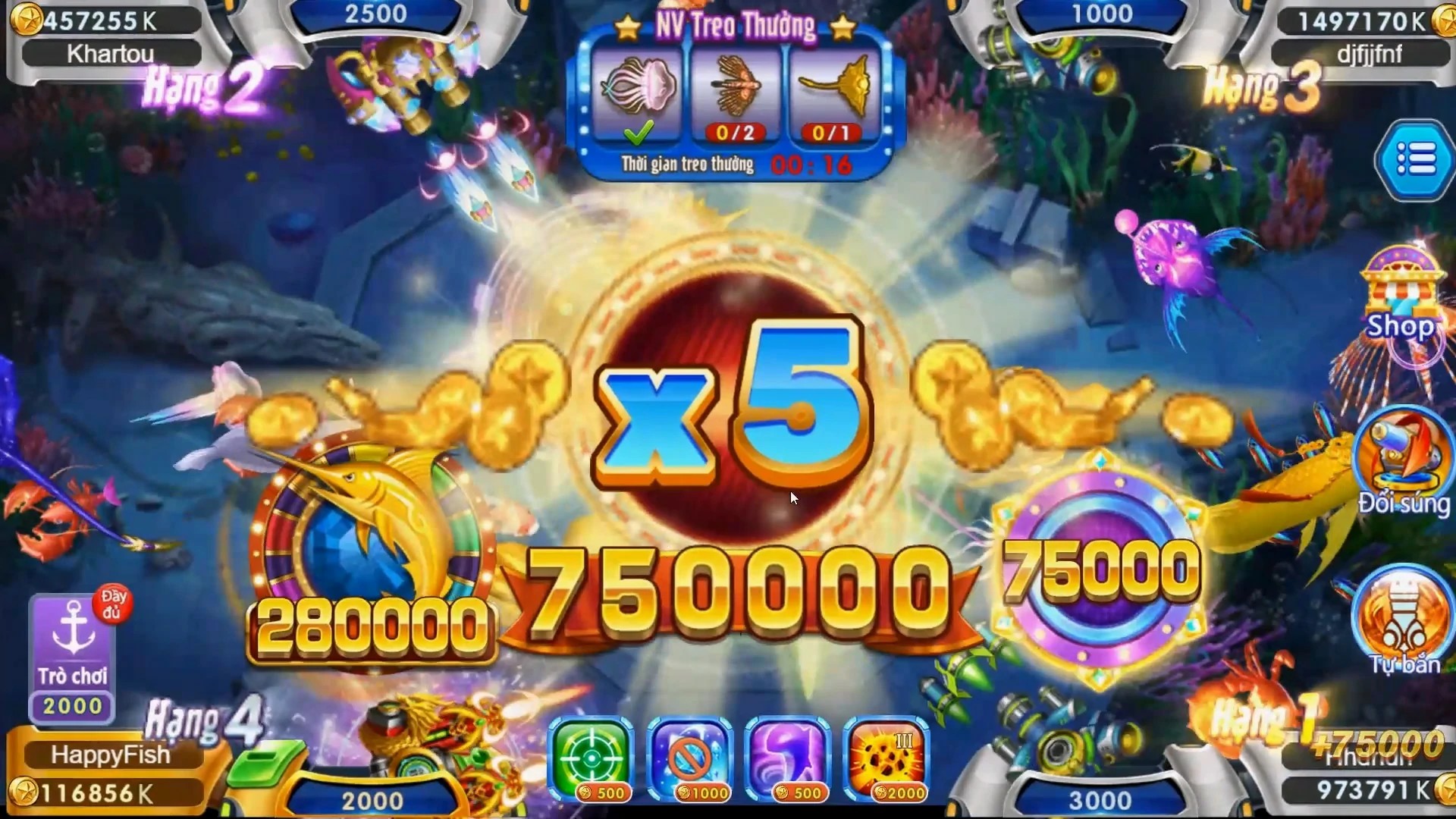Top Sandbox MMORPG Games to Explore in 2024: Freedom, Strategy, and Endless Adventure Unleashed!
In the digital playground of modern gaming, few genres capture the spirit of exploration and creation quite like sandbox MMORPGs. The phrase itself rolls off the tongue — a hybrid wonderland merging open-ended freedom (“sandbox") with the deep role-playing aspects of “MMORPG," or Massive Multiplayer Online Role-Playing Game. For Chinese audiences and international users alike who crave depth over flash, variety without limit fatigue — it’s the genre that gives not just power-ups, but pure imaginative autonomy.
The allure lies in titles where you craft worlds, shape destinies (literally or figuratively), interact with living NPCs, and often dictate the game’s pacing through your choices. Whether you’re building castles from stone and spell, crafting alliances online with thousands of others, or just chasing dragons on flying mules wearing armor shaped like tacos — these worlds let us escape in every direction, sometimes even diagonally across physics.
This post serves both as an update on what to expect in 2024 and a primer for new players navigating sandbox-style RPGs, particularly ones infused with social gameplay. We'll explore top picks across categories such as creative play, strategy, immersive realism, community-driven updates — and yes, one peculiar detour involving sensory experiences via ASMR elements inside games (don’t laugh yet, some developers really went there). We’ll also peek at quirky examples like how a “loaded potato on the go" mechanic made waves by turning food-based mechanics into surprisingly strategic features in certain niche indie hits.
Differentiation Within the Sandboxes
The world “sand box" conjures images of limitless creation and free-flowing gameplay mechanics, much like how kids mold endless shapes using toy trucks, buckets, and sticks soaked in sunlight. Translated into the digital sphere, sandbox games become environments where structure gives way to self-guided journeys; objectives may be optional, or entirely custom-built based on each player's creativity, mood, or level of sleep deprivation during midnight raid nights.
Add a multiplayer dimension and things get wild. When hundreds to millions inhabit shared spaces with their distinct playstyles — warriors clashing on horseback, farmers planting pixel wheat near volcano cliffs — tension and innovation ensue:
- One day you're solo-farmer turned town mayor.
- By sunset you lead legions after accidentally crafting ten fireproof capes made entirely of recycled orc skin and goat tears.
- The next dawn, some jerk uses the same item list and summons rainbows of destruction, breaking server equilibrium.
| Core Gameplay Style | Unique Features in Top Titles |
|---|---|
| Procedural Worlds (Randomly Generated Maps) | Faction wars & dynamic ecosystems that adapt around events. |
| Free-building Mechanics | Town economy systems driven solely by player commerce. |
| Moddability & Asset Customization Tools | Live servers syncing builds across platforms – PC/Mobile/Cross-play support |
The Evolution From Solitary Playgrounds to Digital Societies
Once, single-player sandbox games revolved around solo creation modes—like Minecraft, Terraria—and offered only local splitscreen for friends (unless you wanted dial-up modem battles that were laggy beyond reason). Fast-forward two decades? The best games no longer merely offer “play alone." You don't dig holes in virtual dirt just with family — millions dig beside, compete against, help or hinder you, making landscapes far more dynamic than any AI ever planned.
Enter the acronym king of the digital realm —MMORPG — and the marriage is magical. Imagine constructing entire floating cities not in quiet solitude, but amid debates with architects in Shanghai at 2 AM and engineers from Santiago logging after work.
It's this global collaboration — mixed with conflict and chaos — that makes the experience richer than just personal ambition. In this sense, today’s MMORPGs are not just about quests given by elves under trees; They involve political intrigue, economic simulation, cultural exchanges and emergent story arcs created organically between player avatars playing out complex lives they’ve built piece by piece over months of in-game time. Real relationships — including grudges formed during a failed trade route negotiation — thrive here, making each character feel truly alive in ways many real workplaces cannot muster.
The Best Free-To-Win, Not Just Pay-To-Win: Fair Play vs Progression Systems
A major pain point across sandbox-MMORPGs, however, comes in the shape of pay-to-win mechanics. Too often, titles tempt developers toward monetization strategies resembling casino spins or gacha loot drops — effectively neutering genuine immersion unless you throw money at the system constantly.
In contrast, the best titles ensure meaningful progress regardless of wallet size. Some still use subscription systems (classic WoW model) while others offer premium currencies purely tied to aesthetics — ensuring that gear progression hinges on time played rather than plastic limits of a parent card tied to an alt account used for buying VIP slots in zombie base raids during mid-autumn night ops when all else sleeps except caffeine vampires.
Creative Meets Practicality in Building Systems
For the architecture nerds in us all: the joy is less in slapping down walls with snap-to grids, but shaping them into something memorable. Think vertical farms built from cobble, clock towers whose gears animate real time — then watching neighbors copy the idea, sparking city layouts mimicking real ancient Roman patterns or steampunk megapolis blueprints born from Steam forums.
Some games, though — especially those influenced heavily by modders and community contributions — push further, integrating logic circuits that turn blocks into switches controlling light bridges that summon elevators. One recent hit let users code mini-AI into objects using visual scripting nodes — making chests follow players automatically when low inventory weight detected or having doors that refuse entry unless players whistle "Zelda Theme" perfectly in voicechat mode. These aren’t typical UI interactions, but gameplay loops enhanced through clever design and user-led imagination colliding at scale.
Exploring Unique Themes in World Building (Even ASMR-Strip Zones?!
While traditional lore remains dominated by fantasy kingdoms and sci-fi colonies — there has been growing popularity towards experimental settings recently. And one trend we can’t overlook ties to another curious term that might seem irrelevant to serious discussions — ASMR strips game zones in RPG environments? Yep, they do exist now, though rarely mainstream approved. Some indie builders, especially on mobile sandbox engines, have experimented with relaxing sound cues during clothing changes (think rustling fabrics) and interactive touch feedback during character outfit customisation scenes. It sounds gimmicky until you realize entire subsections emerged focused around calming gameplay instead violent clashes – healing villages powered solely by meditation soundscape triggers. Weird, niche... possibly genius in expanding player accessibility to different mental states via sensory interplay within virtual realms
So, yes — if someone ever told you that future MMORPGs would involve zones where changing into robes sounds like rain drops landing softly onto bamboo forest beds… well guess what?
Realms of Choice and Emergent Storytelling
What separates good sandbox MMORPGs from passable ones isn't always graphical fidelity. A game can look like late-era NES visuals and thrive beautifully as long as it lets players forge meaning dynamically through interaction with surroundings AND other humans' evolving behavior. Consider the example set by a now-classic indie hit where choosing peace vs violence directly changed village layouts and NPC responses years into continued development phases – showing signs of machine-assisted learning influencing quest branches.
New-gen versions of these adaptive story frameworks rely increasingly on branching pathfinding algorithms inspired by tabletop dungeon masters – so killing an enemy may prevent a key event from happening elsewhere days ahead unless another participant in parallel universe logs early and alters course manually themselves.
Servers, Sharding and Player Migration Dynamics
Annoying thing in large-world play?
- Populations stagnating.
- Lag spikes due to overcrowding at hot spots.
- Players locked into dead servers while active communities elsewhere remain full-on chaos zones filled with unmet opportunities but no easy transition routes...
- Server sharding techniques
- Dynamic world-splitting depending on login densities per region/continent map sections.
- Potentially automated migration tools helping stranded solo players find populated hubs easily without needing referral invites signed by elders first. That sounds futuristic now — maybe 2025 territory? But hey, trends start before execution arrives...
Modded Madness and Community Creativity
There's an unwritten law in PC-gamer circles that every true sandbox title gets reshaped through its community mods almost immediately upon release — if the engine allows customization tools. Players re-texture weapons so swords look like lightsabers and horses resemble robotic dogs — and soon enough servers specialize on specific flavors: Lovecraftian survival zones, Victorian cyberpunk timelines running on magic steam engines, pirate islands with underwater dance halls where merfolk gossip plots about sinking navies using nothing but jellyfish harmonics and bad vibes sent through echo chambers carved out from sponges
- Top sandbox games enable asset swaps effortlessly;
- Nobody wants broken skins ruining combat because animations glitch out during boss fights;
- Hence the balance needed between expressive freedoms versus systemic integrity.
| Moderation Challenges | |
|---|---|
| Evaluation Metric | Description |
| Creative License Scope vs Server Integrity Needs | How freely mods affect environment & performance stability metrics over prolonged sessions |
| Balancing Visual Freedom with Game Mechanics Coherence | Educational guides explaining why swapping textures mid-combat doesn’t trigger FPS issues etcetera |
Social Spaces, Beyond Just Battlefields
Gone are days when MMORPGs equalled grinding kills and PvP glory. Today, the concept of "social" includes more nuanced, peaceful forms of player bonding — like communal festivals where everyone gathers annually in a designated valley to perform synchronized sword dancing to ambient electronica tunes composed on in-engine piano interfaces; Or perhaps silent protest marches demanding more accessible rest areas along dangerous dragon migratory paths. Yeah — it happened once on one server and went semi-viral. Point being — people want meaningful non-combat engagement, shared narratives, coexistence even amid fictional danger landscapes built from imagination layers.
Why "Loaded Potato On The Go" Mechanics Caught On
Above we mentioned an intriguing subtopic — that weird “food as a gameplay mechanic". Now take a breath because it gets stranger than potato guns ever dared venture into mainstream logic. Ever since Survival Sim #782 introduced “meal stacking," where cooking combinations yielded temporary passive abilities instead just HP regeneration bonuses — it caught fire rapidly within indie communities worldwide. Especially when developers added absurd combos, like:
- Mushrooms + Garlic + Raw Salmon → Gives temporary water breathing aura visible through bubbles following your legs randomly for five minutes
- Dessert overload → Temporarily slows enemy movements visually distorting perception akin to sugar crash dizziness effect
- 'Spice Fusion Stack' → Causes your torch flames to sing lullabies if equipped indoors past 9PM
| Name Of Dish Combination | Duration Effect | Flavor Narrative Impact |
|---|---|---|
| "Loaded Potato on the Go" | 7 mins boost agility stats | Rewards player avatar’s cheeks filling momentarily like excited chipmunks, causing mild giggling audio clip triggered on jump action briefly replacing default footstep noises |
Cutting Edge Accessibility Innovations
Not only does the average millennial or Gen X’er struggle keeping up pace with new UI controls across dozens of competing MMORPG platforms monthly, the rise among casual or older gamers necessitates improved inclusiveness regarding:
- Cognitive Overload Mitigation Options; - Color-blind Friendly Palettes Toggleable; - Simplified Controls Mode Activatable (e.g fly-cam movement with joystick instead precision flight stick calibration); - Voice-command Integration Possibilities Emerging Across Next Gen Mobile-PC Hybrid Engines;Cutting Costs Without Cutting Experiences
- Cloud-stream options expanding availability across weaker machines and internet-poor zones?
- Auto-upgrade cycles forcing hardware investments regularly?
- Viable offline sandbox play supported even in partial sync scenarios?
Tackling Addiction Safeguards & Parental Tools Without Being Judgmental
- Detecting unhealthy spending or excessive microtransaction rates
- Prompt warnings without moralizing preach
- Focused guidance tailored toward different age groups without assuming villainous roles toward players’ choices outside health boundaries
Earn While Play? Web3 Integrations Still Controversial But Not Going Away
If you’ve avoided web3 talk until now – you missed out (or blessed relief, depends how cynical u r?). However blockchain-backed sandbox mmorpg economies now represent unavoidable terrain shifting across studios testing new waters. NFT assets granting access rights, ownership verifiability over in-skin collectables sold peer-2-peer, guild-controlled land parcel voting on architectural styles for town plaza rebuildings — the lines between entertainment, finance and politics blur rapidly in these metaverse-connected titles. However, cautionary note – the worst examples lock fun behind speculative greed mechanisms leaving gameplay barren shells. Yet balanced implementation could create vibrant, living worlds sustained collectively by fans who contribute value in various forms (not just cash). The key will lie separating opportunistic profiteering from thoughtful integrations enhancing gameplay rather than corrupting core essence
Final Word – Why 2024 May Mark A Major Creative Inflection Point
We stand at fascinating intersection of creativity unleashed across decentralized tech frameworks empowering small-time dev shops, AI-generated world structures enriching storytelling, VR/AR blending physical-digital planes into unified gaming canvases… all wrapped around beloved foundation built by humble pioneers tinkering together clay-and-magic sand-boxes that became entire galaxies inside screens. This isn’t just escapism. These games form evolving, interconnected reflections — of humanity seeking freedom not found in reality but desperately needed within hearts craving agency.
As China embraces both indie innovation and high-fidelity triple-A spectacles coming locally-made, globally-received, we may finally witness east-west crossover potential fully actualize in this hybrid genre unlike anything witnessed since the birth of the net itself… Let’s strap ourselves tight. There’s infinity ahead — waiting for someone brilliant enough to click and discover first.



